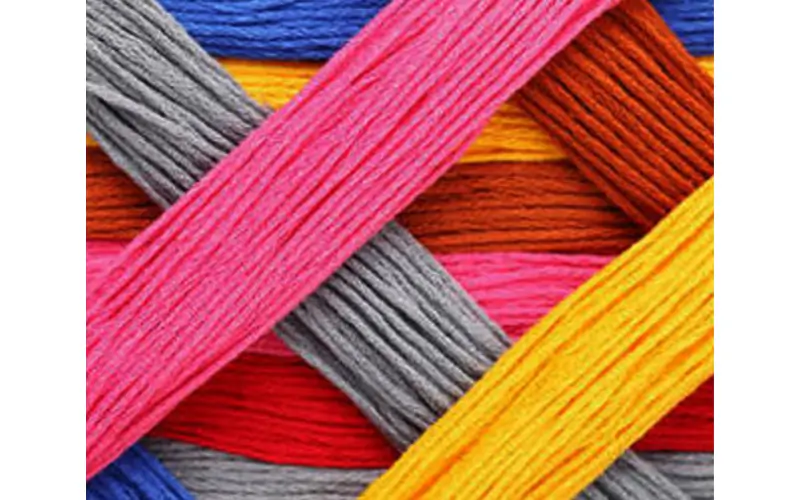New fabric dyeing processes and chemicals have transformed the textile business. These advancements improve the effectiveness of colorfast fabric dyes and treatments as well as fabric dye absorption and chemical reactions. Cutting-edge fabric dye technology and chemical advancements have allowed producers to produce brilliant.
To address environmental concerns, the industry has prioritized eco-friendly cloth dyes and chemicals. This transition prioritizes fabric dye sustainability and chemical impact to protect ecosystems. Sustainable practices allow producers to reconcile innovation and environmental responsibility.
Fabric Dyeing Methods
Fabric dyeing methods vary by fabric type and desired result. Continuous dyeing imparts dyes to clothes as they pass through rollers, while batch dyeing immerses garments in dye solutions for even color distribution. To produce consistent results, both techniques depend on exact control of fabric dye absorption and chemical reactions.
Synthetic fabric dyes and chemicals are less environmentally friendly than plant and mineral-based ones. Mordants are needed to fix colors in these dyes. However, synthetic fabric dyes and chemicals are better for industrial use due to their wider color range and colorfastness.
Innovative fabric dyeing chemicals improve efficiency. Fibers connect strongly with reactive dyes. Disperse dyes function well on polyester. These advances improve fabric dye performance and chemical properties and answer the question: What are the different fabric dyeing processes? The textile industry adapts fabric dyeing processes and chemicals to changing needs by mixing conventional and new approaches.

Chemicals in Fabric Dyeing
By affecting how dyes and fibers interact, chemicals are necessary to fabric dyeing processes. They determine color depth, homogeneity, and durability. Mordants strengthen natural fabric dyes and fibers, while fixatives promote synthetic dye adhesion. These chemicals evenly distribute dye into the fabric for brilliant.
Fabric dye absorption and chemical reactions are necessary for success. Wash and light fastness are guaranteed by reactive dyes’ covalent connections with textiles. Disperse dyes bond polyester fibers using heat. These chemical interactions improve dye performance and cloth dyeing efficiency.
Innovations in fabric dyeing chemicals have improved sustainability and efficiency. Green fabric dyes and chemicals function well without harming the environment. Enzymes save water and energy use in pre-treatment by replacing harsh chemicals. These advances show how chemicals improve cloth dyeing quality and sustainability. Thus, creative techniques improve fabric dyeing processes and chemicals to fulfill modern textile production needs.
Sustainability and the Environment
Untreated effluent from fabric dyeing processes and chemicals contains hazardous compounds. Heavy metals, salts, and synthetic color residues pollute water. Traditional dyeing procedures also degrade the environment because to their excessive water and energy use. These issues demonstrate the textile industry’s need for sustainability.
Eco-friendly fabric dyes and chemicals may solve these difficulties. Renewable fabric dyes and chemicals reduce synthetic use. Innovative fabric dyeing chemicals reduce toxic consequences, such as biodegradable fixatives and low-impact dyes. These methods reduce chemical impact and help cloth color sustainability by lowering ecological footprints.
Manufacturers must use waterless dyeing and closed-loop methods to dye fabrics sustainably. Recycling water and chemicals reduces waste. Using enzymes in pre-treatment eliminates the need for harsh chemicals. Eco-friendly approaches help the sector balance innovation and environmental responsibility: How can fabric dyeing processes be more sustainable? These initiatives assure that fabric dyeing processes and chemicals will become more environmentally friendly.
Fabric Dye Performance Improvement
Colorfast dyes and treatments keep textiles vibrant and durable. These solutions reduce washing, UV, and wear-induced fading. Chemical connections between fibers and reactive dyes preserve color. Disperse dyes for synthetic materials are more colorfast under diverse situations.
Due to efficiency and quality, fabric dye performance and chemical characteristics have improved. Modern dyes increase absorption. Innovative fabric dyeing chemicals, like low-temperature dyes, reduce energy use. These innovations improve colored fabric quality and sustainability.
Fabric dye and chemical innovations keep pushing the envelope. Digital printing methods precisely apply dyes. Dye formulations with nanotechnology improve fabric dye absorption and chemical reactions. These advances show the industry’s dedication to improving fabric dyeing processes and chemicals to match modern customer needs and environmental concerns.
Fabric Dyeing Safety
Safety in fabric dyeing processes and chemicals protects workers and the environment. Proper ventilation in dyeing plants prevents chemical fumes from accumulating. To avoid chemical exposure, workers must wear gloves, goggles, and masks. These precautions reduce harmful chemical exposure during handling and application.
Employees also learn how to safely handle natural and synthetic fabric dyes and chemicals. Workers learn to recognize dangers, store chemicals properly, and clean up chemical spills. Emergency response plans, such as eyewash stations and spill kits, improve worker safety. These measures control cloth coloring risks.
Furthermore, sustainable techniques make enterprises safer. Eco-friendly fabric dyes and chemicals limit hazardous use. Closed-loop water and chemical recycling reduces waste and exposure. Manufacturing companies answer the question: What are the safety procedures for handling chemicals in fabric dyeing? These efforts protect people and encourage responsible fabric dyeing processes and chemicals.
